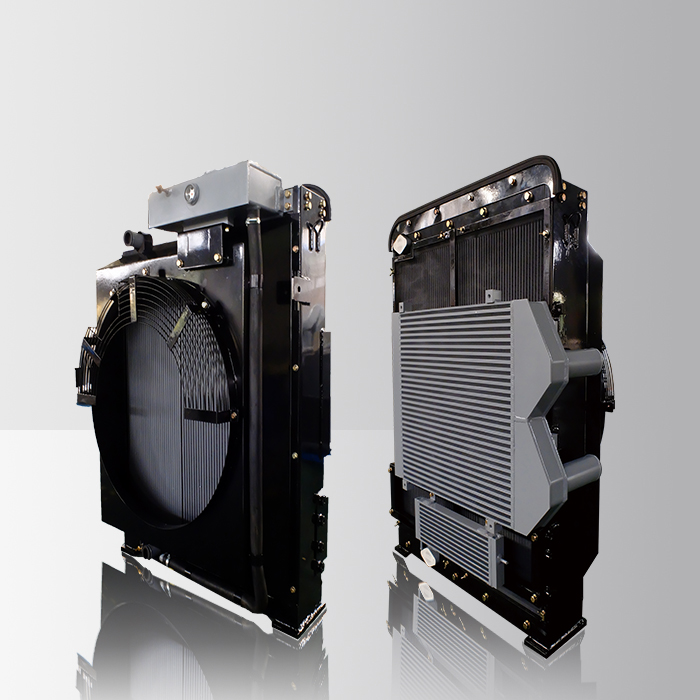For mobile electronic devices, the short battery life is still an urgent problem to be solved, and battery capacity has often become a selling point for some electronic products. Recently, researchers at Northwestern University have discovered a new material called "COF (covalent organic framework)", which will likely break the current state of lithium-based mobile devices.
The team led by William Dichtel is currently working on COF research, and they have also made considerable upfront investments. "COF (covalent organic framework)" has a crystal structure, which constitutes a pore suitable for storing electrical energy and contributes to the filling of conductive substances. The study found that the new material can withstand tens of thousands of charge and discharge cycles, its overall capacity is 10 times that of traditional materials, and the recharge rate can be increased by up to 15 times.
In addition to Northwestern University, commercial companies such as Samsung, Apple, and Tesla are also working hard to improve their battery products, trying to increase their storage capacity while reducing weight. A battery company called Amprius even uses nanotechnology in its battery process, using silicon and sulfur to create very complex electrode structures that ensure batteries can exceed standard products in capacity and speed.
However, there are still many pits in the field of battery research and development that need to be bypassed. Research that is too "advanced" is likely to drag down some projects. Sony can be used as a guide for us. Although they successfully realized the commercialization of lithium-ion batteries in 1991, due to low performance and technical bottlenecks, the battery business could only be transferred to Murata.
Although William Dichtel is full of confidence in the newly discovered COF and believes that it can be effectively applied in the industrial field, Northwestern University has not yet been able to develop a complete battery prototype, and there is still a long way to go before civilian popularization. These new battery products, including COF, are more or less faced with slow development and high cost. The lithium battery has spanned nearly a century from the beginning of research and development to the actual commercial use. It doesn't look so clear.
ThermicTransfer has 14 years of experience in R&D and production of engine radiators. The long-term cooperation engine brands are Yanmar/Cummins/Deutz/Perkins/Kubota/Isuzu/Mitsubishi/MTU. Our experience is based on the engine power provided by the purchaser. Performance curve, single heat dissipation or multiple combined heat dissipation requirements, we simulate the calculation of heat dissipation requirements, and design a three-dimensional cooler solution according to the engine size combined with the installation environment, provide customers with three-dimensional model confirmation, and provide performance parameter reports through simulation calculation. Finally, according to the customer's suggestion to adjust and optimize, form an effective program. We will then provide samples for performance testing, mass production through long-term performance, stress testing, resistance testing, etc.
At present, we design up to 5 combined Heat Exchangers for construction machinery, including two oil coolers, water cooler, Intercooler, and fuel heat exchanger.

Engine Heat Exchanger,Marine Engine Heat Exchanger,Marine Heat Exchanger,Fireplace Heat Exchanger
Xinxiang Zhenhua Radiator Co., Ltd. , https://www.thermictransfer.nl